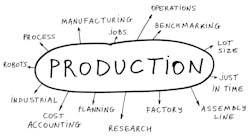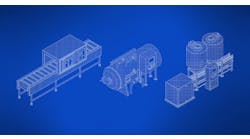Chad: Generally I have seen the term “digital thread” be used relative to the lifecycle of an asset, particularly in discussions with an OEM. I have seen digital thread being able to keep track of how an asset was made, what was the manufacturing process, where was the asset manufactured, what are all the component pieces, and what is their lineage. The digital thread would cover a little bit of service usage, but would primarily be focused on the design aspect.
For digital twin, particularly in the OT or field-service space, we are primarily focused on usage-based challenges, with a little bit of focus on the manufacturing or design piece.
Smart Industry: Do people overestimate the complexity of a digital twin?
Chad: I think people overestimate the complexity of digital twins as a technology, but underestimate the cultural transformation required for their organizations to adapt to new digital-reliability processes.
Smart Industry: What are the most common insights gleaned from a digital twin in the industrial space?
Chad: The insights gleaned from digital twins, at least in field service, all boil down to spending less on maintenance, producing more, lowering inventory/quality costs, and reducing risks. But there are hundreds of leading indicators or insights that digital twins produce. These vary by application.
Smart Industry: Your approach entails partnering industrial data with first-principles. Explain.
Chad: Machine-learning models are great at telling you where this unique piece of equipment has been operating. This is fantastic technology to allow you to get inside hard alarms and let you make decisions early. But that doesn’t mean that first principles aren’t important. While you want to know if a machine has degraded from its personalized baseline, it is also important to know how far off the machine is operating from the ideal or design state.
Smart Industry: What most excites you about the near future of working with digital twins/threads?
Chad: As an industry, I believe we are defining the next generation of reliability…digital reliability. And we, as a collective industry, have the opportunity to make the industrial world safer, more effective and more efficient.


